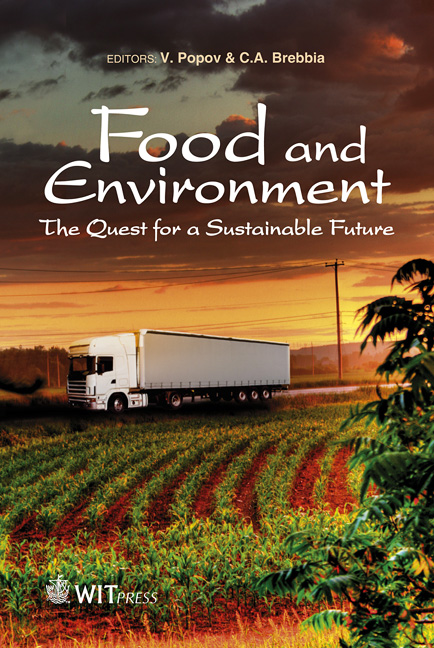Environmental And Economic Evaluation Of Conventional And Organic Production Systems In The Canadian Prairie Provinces
Price
Free (open access)
Transaction
Volume
152
Pages
12
Page Range
55 - 66
Published
2011
Size
363 kb
Paper DOI
10.2495/FENV110061
Copyright
WIT Press
Author(s)
S. Kulshreshtha & C. Klemmer
Abstract
Changing agriculture current production practices (called conventional production system) to an organic production system can reduce the need for synthetically produced agricultural inputs, and thereby reduce emissions. However, this change may also generate other co-benefits (or costs) to society. The focus of this study is to evaluate the implications of converting a conventional agriculture production system to an organic one for greenhouse gas emissions, level of agricultural production, farmer net income, and for regional and national level changes. The analysis was undertaken for the three Prairie Provinces in Canada. Since there are several types of changes resulting from the conversion, a trade-off analysis was used to evaluate the overall desirability of the two production systems. The study concluded that converting land under a conventional production system to an organic production system reduces greenhouse gas emissions and improves farm income, Canadian gross domestic product, household income, and employment. However, it also results in a reduction in physical quantity of agricultural production, and thus has implications for food self-sufficiency. Keywords: organic crop production, greenhouse gas emissions, farm income, sustainable food production, trade-offs. 1 Introduction The impact of agriculture on the environment has come under increasing scrutiny (Hanley [1]). Over the past century, the climate on earth has become increasingly
Keywords
organic crop production, greenhouse gas emissions, farm income, sustainable food production, trade-offs





